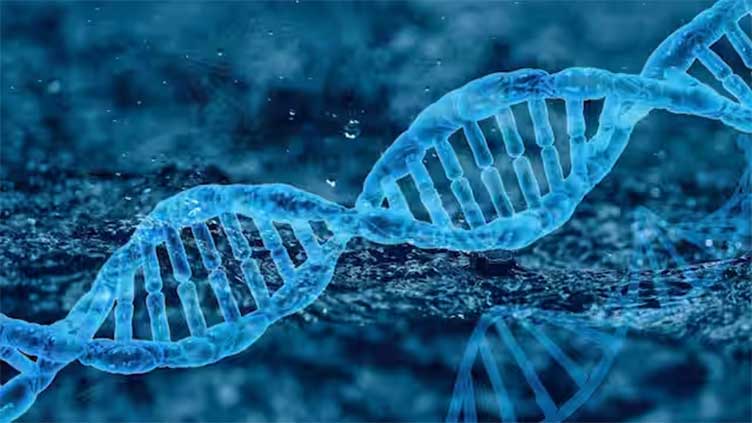Brain of humans goes through significant change after death: Study

In a new study, it has been found how inconvenient is death as an event for a living brain
(Web Desk) - A cascade of effects has been observed as oxygen starts depleting and translating the DNA in its last efforts to save the life.
The scientists have compared the post-mortem brain tissue and samples collected from living patients in which significant differences were revealed for the first time in the way the RNA strands are modified.
The researchers from the Icahn School of Medicine at Mount Sinai in New York emphasised the way specific base codes of adenosine (A) are swapped with very different bases, which is inosine (I) in messenger RNA.
"Until now, the investigation of A-to-I editing and its biological significance in the mammalian brain has been restricted to the analysis of postmortem tissues," genomicist Michael Breen said while speaking to Science Alert.
"By using fresh samples from living individuals, we were able to uncover significant differences in RNA editing activity that previous studies, relying only on postmortem samples, may have overlooked," he added.
For changing the genes - which were encoded by double-stranded helixes of DNA - to functional proteins, their sequences need to be copied into different formats based instead on RNA.
Other RNA structures, which have amino acid building blocks, can translate these 'messengers' into proteins.
This intermediary transcription and translation service has been part of billions of years of evolution and has added a whole new library of proteins.
Some species, like the types of cephalopod, have taken RNA editing to a different level by rewriting their own genetic instructions of their brain.
However, the samples collected and analysed suffer a major drawback.
"We hypothesised that molecular responses to postmortem-induced hypoxic and immune responses can significantly alter the landscape of A-to-I editing," said the lead author of the study Miguel Rodríguez de los Santos, who is a molecular biologist at Mount Sinai.
"This can lead to misunderstandings about RNA editing in the brain if we only study postmortem tissues," he said while speaking about the drawbacks.
"It is critical to note that our findings do not negate but instead provide missing context for using postmortem brain tissues in researching A-to-I regulation," said co-senior author Alexander Charney, who is a physician-scientist at Mount Sinai.
"Understanding these differences helps improve our knowledge of brain function and disease through the lens of RNA editing modifications, which can potentially lead to better diagnostic and therapeutic approaches," he added.



